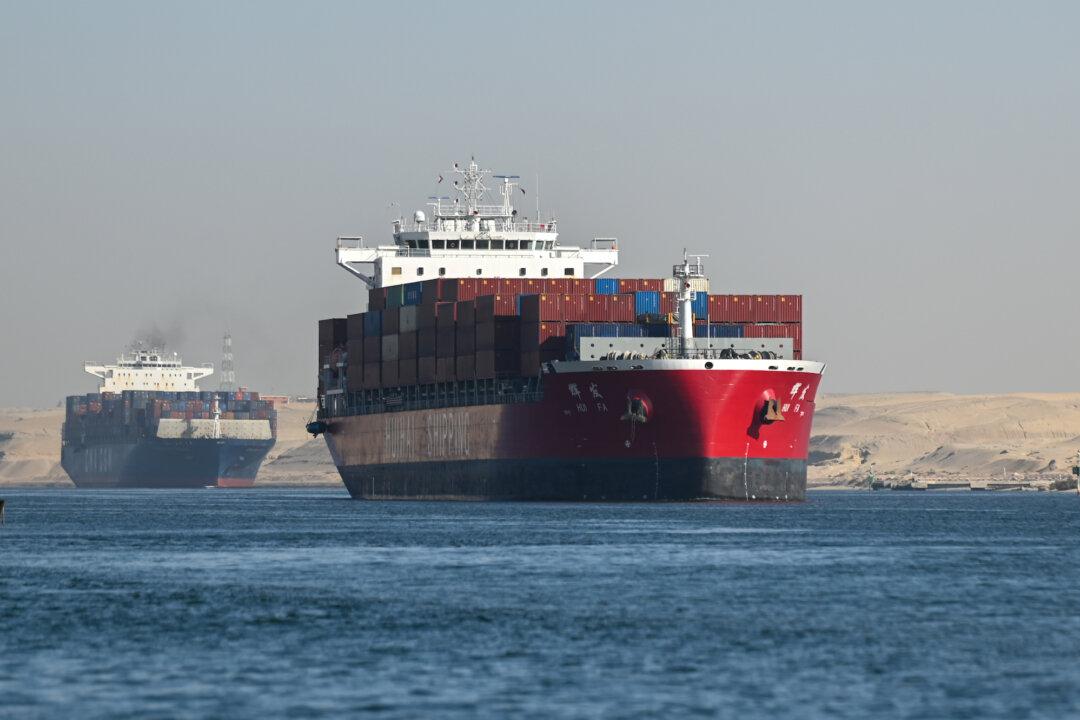Crude oil prices rallied on Jan. 12 after the United States led air strikes against the Iran-backed Houthi rebels in Yemen in retaliation for attacks on ships in the Red Sea.
West Texas Intermediate crude futures surged by as much as 4.2 percent to above $75 per barrel on the New York Mercantile Exchange. Brent, the international benchmark for oil prices, also advanced by 4 percent to top $80 a barrel on ICE Futures Europe.





